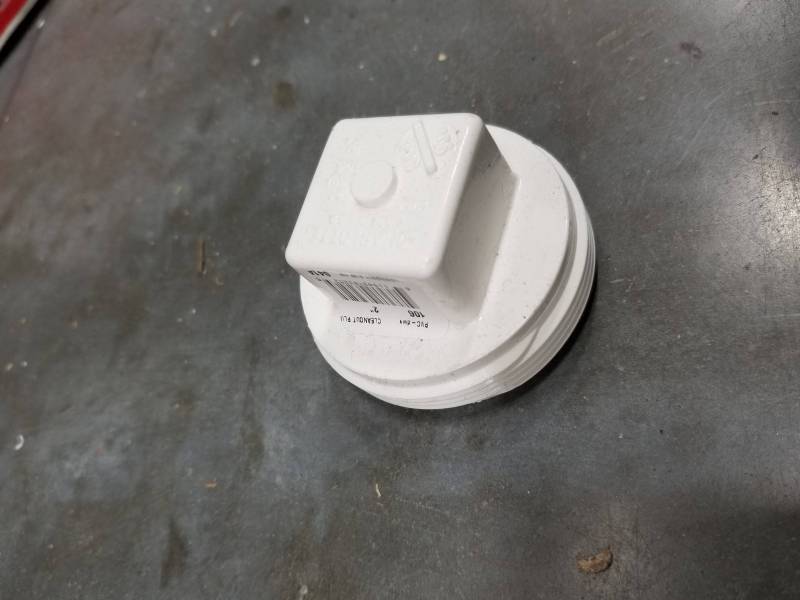Living in a lush jungle in the middle of the Pacific is as perfect of a life as I can imagine. I have chosen the Big Island for the laid-back attitude and the kindness of the people. Even in paradise, we do have our challenges and the most obvious challenge we are currently facing is lava flowing through our lower Puna subdivisions and into the ocean. It is heartbreaking to see the impact it has had on our friends, but it is something we will deal with and work our way through as a community. The media has a tendency to focus on the negative and the drama. You will see pictures and video everywhere you look of destruction and the full power of the volcano itself. I didn’t want to focus on that. I wanted to write a quick message on how to protect your family during the eruption of the volcano. I wanted to inform you on how to protect your water catchment tank during the eruption.
What’s Water Catchment?
Many of us in the Puna District on the Big Island have a water catchment tank. For those who are not sure what this consists of, it is a large water catchment tank connected to our gutters that usually holds around 10,000 gallons of fresh water. The rain falls on our roof, enters the gutters and ends up in the catchment tank. We have UV Lights attached to purify the water and use it the way you would use your well water. It has a food grade liner and we cover them to keep our water source clean.

Protecting Your Tank from Ash
Lately, we have been seeing Halea’uma’u Crater at the summit of Kilauea send ash thousands of feet into the air. The tradewinds have been taking the ash away from Hilo but it has been moving into the Ka’u District. Once the tradewinds slow or stop, the ash could affect a large area around the crater. Our water is a necessity and contaminating our catchment tank is not an option. I called my friends at Waterworks in Hilo and checked to see if there was anything else I could be doing to protect my catchment tank from the ash. They said to make sure your cover is on tight and isn’t able to blow off. This is your first defense against ash in your catchment tank. Most of these covers are semi-permeable but should do a pretty good job of keeping your water clean. Some people are adding a tarp on top of the usual cover. This is ok as long as you watch it closely as the added weight of water and ash could damage the frame holding up the cover and cause the whole thing to end up in the water defeating the purpose. They suggested not putting an additional tarp on the tank, but that is obviously your choice.
Clean Out Your Caps
The other thing necessary to protect your water catchment tank during the eruption is to find your clean out caps (pictured below). These usually are about 3 inches across and have a square on top for a wrench to grip. To find them, follow your gutter down along the ground to your catchment tank. There may be 2 or 3 or possibly more caps. Once you find them, be careful when you remove the cap. There will be water pressure built up and it could come out of the pipe with some force. You will probably get wet. Once these caps are removed, the water from the roof will flow out on the ground instead of into your tank. If there is ash from the eruption, this should be as far as it makes it keeping your water tank clean. Keep in mind that no water will be going into your tank if these are disconnected and your water source will not be replenishing. I have mine connected and have been watching the crater and will remove them if the ash comes my direction.

I hope this helps and you are able to protect your water catchment tank during the eruption. It is common sense stuff, but with everything else going on, sometimes we miss things like this. The crew at Waterworks Hilo have always been really good at handing out information and I always appreciate their straight up honesty. If you have specific questions about your catchment tank, call them at 808-933-9111 and I’m sure they will be happy to help. As one of our Realtor friends who lives in Leilani Estates said this morning, “this too shall pass.” Hang in there and stay safe! Aloha!


Julie Keller
May 28, 2018
Great Info, thanks Ron!